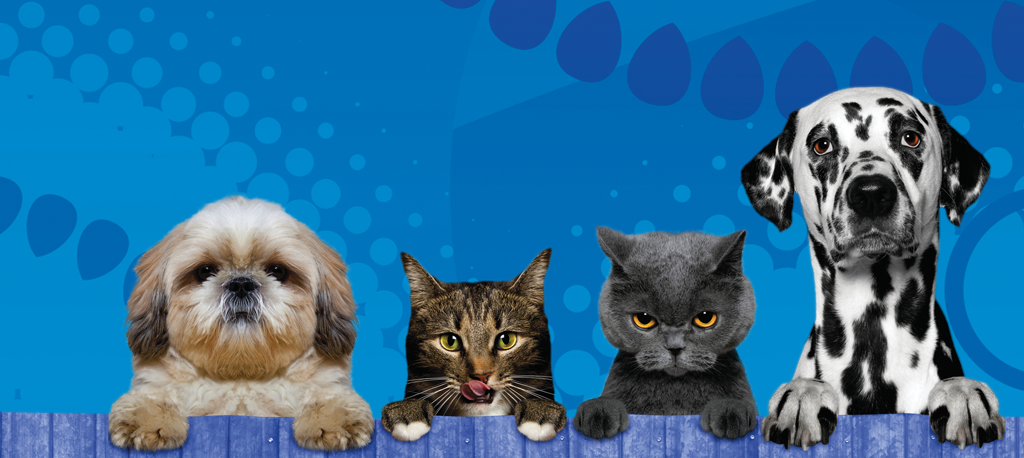Very few people are fortunate enough to realize their calling at an early age, but for me, it was always about the animals. I’ve always felt a special affinity to all animals, sentient beings who aren’t always treated well by humans. I became a vegetarian at 14 and shortly after began crusading for the voiceless. I began my quest before animals were viewed as family members and endured hostility in the process. That never dissuaded me from speaking out and getting involved in making the world a kinder place for our four-legged companions.
Periodic volunteer work gave way to career choices that put me smack in the middle of the animal welfare movement. During my childhood, cats were put out at night “as nature intended.” Dogs received rabies vaccinations because it was required to get a license. The words spay and neuter were not commonly known outside of veterinary medicine. All of that began to change in 1970 as the euthanasia rate rose to an all-time high of 20 million animals per year. Something had to be done and it was – a nationwide spay/neuter campaign. Euthanasia numbers began to drop and plateaued at around 4 to 5 million pet deaths annually. That figure continues despite most communities offering subsidized spay/neuter surgeries. So, if spaying and neutering can lower, but not eradicate the number of euthanasia’s performed, where does that leave us?
After working many years in animal rescue, I knew more needed to be done. That was the genesis of Harley’s Hope Foundation, which was created in 2010 after my family lost our dog, Harley Jane, to cancer. Despite losing her, we considered ourselves fortunate – we had the means to provide her with the best care possible. But what about the senior who can’t afford a pet deposit? Or the disabled veteran who needs treatment for his service animal? What happens to the pets of domestic violence victims who flee, but can’t take their animals with them?
Just a few days after losing Harley, I knew what my next mission was – to prevent tomorrow’s homeless pet, save an animal from euthanasia simply because a procedure is costly, or avoid the surrender of a pet because a person is temporarily incapacitated. Harley’s Hope Foundation launched in the summer of 2010 and since then has helped over 2,500 animals nationwide, saving well over 1,000 lives in the process. But, it hasn’t been easy.
Funding for animal welfare causes is limited at best. And, when it comes to funding anything outside of spay/neuter, it’s downright depressing. That was my mindset in late May of 2014, shortly after Colorado legalized pot for people. One day I was clipping catnip from my garden when a thought popped into my head. One of my board members always referred to catnip as kitty pot. What if we mounted a marketing campaign centered around that name and tied it to events in the news?
From idea to inception took just about 2-1/2 months. We debuted Colorado Kitty Pot at the Denver Pet Expo in August of 2014, had a national chain on board by November of that year, and picked up a distributor 8 months later. Great, right? Yes, except enterprise expenses were skewing the charity’s fundraising expenses through the roof, so by late 2016, the board voted to separate the business from the charity. B & B Creations was formed and officially took over Colorado Kitty Pot in January of 2018. Since then, we have marketed catnip for dogs, developed a line of catnip toys, and created other pet products that support our mission.
This is where my life is at today – running both charity and business with an eye to changes in 2019 that will expand our philanthropic reach. As my husband, co-founder, and co-conspirator, David, is fond of saying, “Onward and upward!”


